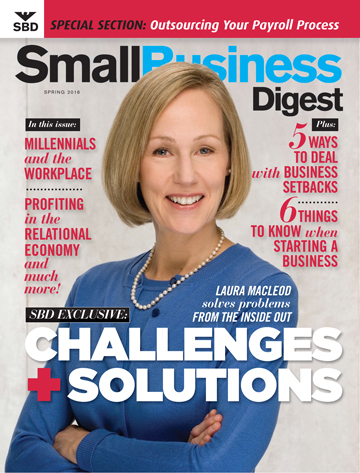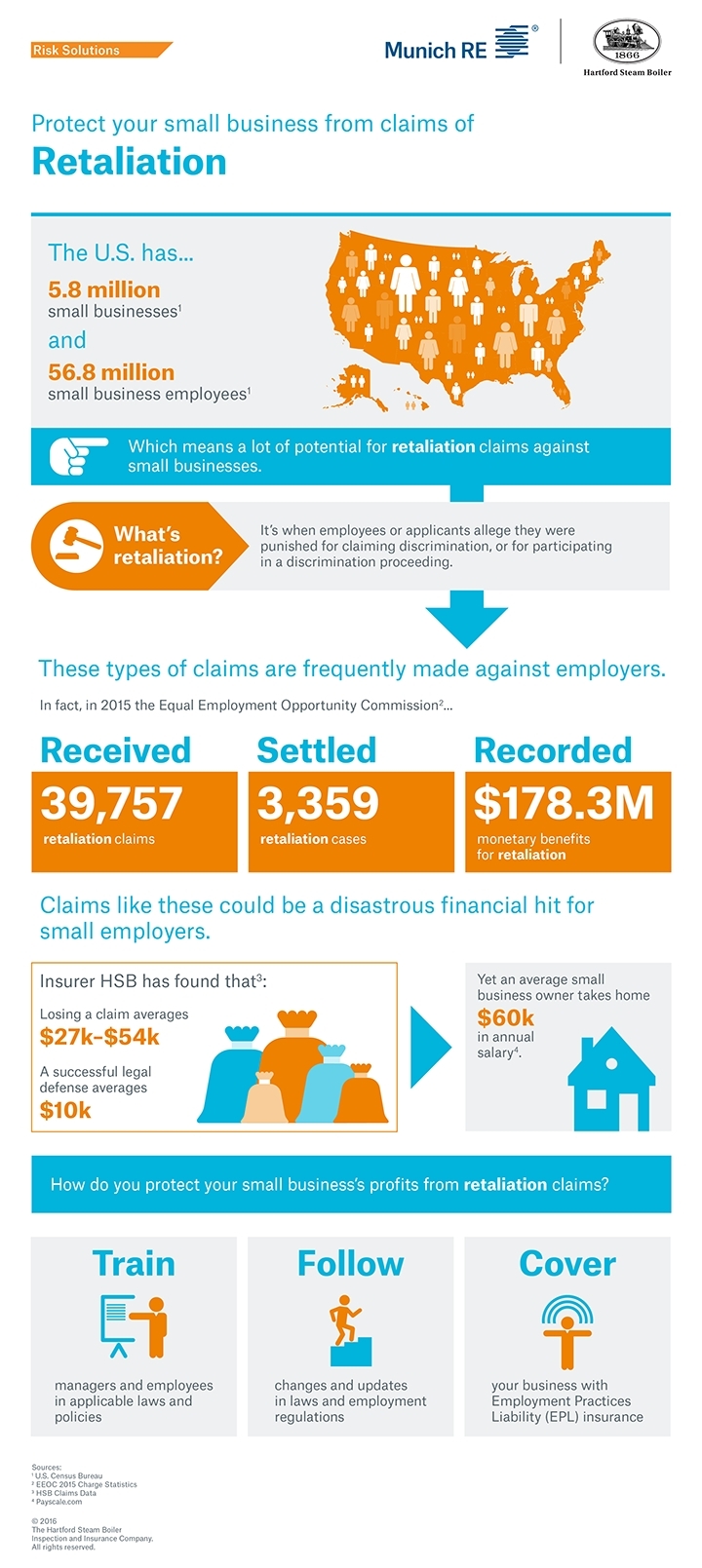Success Email Marketing Requires Strong List Building
Email marketing is a successful tool for many small businesses in every industry.
It is a personalized way to reach any audience’s inbox connecting them directly on a personal level.
According to Jessa Barron of NextAdvisor, “But no matter how great your email campaigns and your content are, email marketing doesn’t do much good if you don’t have many subscribers to share your campaigns and content with.”
Since building a newsletter subscriber list can sometimes be an uphill challenge, Barron detailed a few simple ways you can boost your list to ensure you’re reaching a larger audience.
1. Promote across platforms: Visibility is essential when you’re trying to reach as many people as possible. That’s why you’ll want to utilize all of your digital platforms to help promote your email newsletter and vice-versa.
For example, if you have multiple social media platforms, such as Facebook and Twitter, you could share your sign-up link on those platforms to encourage your social media followers to subscribe to your email newsletter. You could also include social media follow buttons in your email campaigns so that your subscribers can easily find your social media channels and follow you there, as well.
Another way to reach a larger audience is to not only include social media follow buttons, but to also include social media share buttons. This way your subscribers can share your content with their friends and followers on their personal social media pages, which could help you more newsletter subscribers.
2. Offer incentives: Everyone loves free or discounted stuff, so why not offer some incentive to your customer for becoming newsletter subscribers?
You can offer things like a free e-book, a limited-time discount on items in your store or an online coupon for a first-time purchase to entice people to sign up for your email newsletter. You can include messages on your website and your social media channels, along with a sign-up link so that your customers know how to sign up as well as that kind of incentive they can expect as a result of signing up.
It’s important to let new subscribers know what type of content your emails contain, as this will allow them to see what they can expect from your newsletters — if your content isn’t what you advertise it to be, you could eventually lose some subscribers.
Another thing to point out to your subscribers is how often they’ll be receiving emails from you. That’s because if you are sending out newsletters more or less frequently than expected, you risk annoying your subscribers, which could cause them to unsubscribe.
3. Make your sign-up form user-friendly: Having a sign-up form that is too extensive or complex can deter many people who were initially interested in subscribing to your newsletter from doing so. Instead, try to keep your sign-up form as simple and straightforward as possible — this will help you from overwhelming your audience with one too many questions.
You could ask for things like name, email address, birthday and how frequently they’d like to receive your emails as options on your sign-up form. Be sure to keep in mind how short the average attention span is, especially with online content, when deciding how much information you want to gather from your audience.
After you’ve decided what information you want to collect, you’ll want to make sure your email sign-up form easy to find on your website. After all, if it’s only on one page on your website or if it’s too difficult for people to find, you likely won’t be gaining many new subscribers, and that’s the main goal here.




